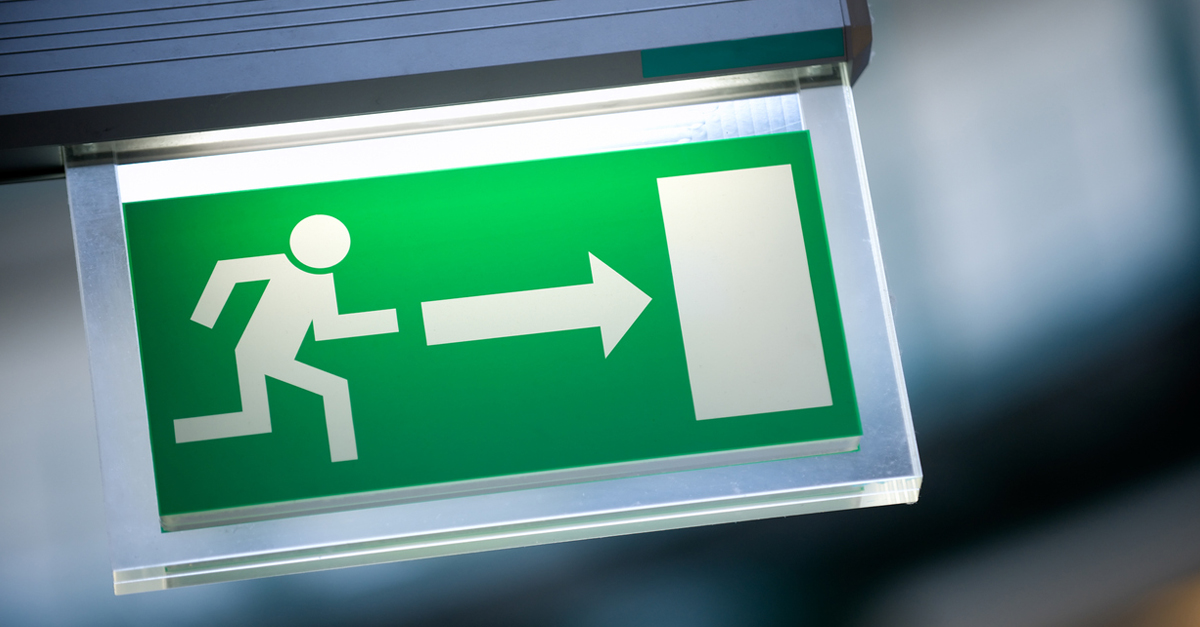
Debt problems creep up slowly. A few extra bills, an unexpected expense put on your credit card or using a payday loan to get through a cash flow shortfall starts the ball rolling. At some point, you realize you have more debt than you can handle. That doesn’t mean you have to file for bankruptcy.
Table of Contents
Prevent bankruptcy with these debt reduction strategies
If you have a few debts or perhaps one old account in collections, bankruptcy is overkill. Most people we help can work their way out of debt on their own. It’s not a quick fix, but with commitment and the right process, you can pay off debt. To prevent bankruptcy, consider these basic tips for finding money to put towards debt repayment.
- Sell some assets
- Cut expenses
- Find a second source of income
- Double up on payments
- Negotiate repayment terms with your creditors
Combine all these actions, and you will pay down debt sooner. The objective behind good debt management is to increase payments to your unsecured creditors as much as possible. If you can divert non-necessary living expenses toward debt payments, your principal will fall faster. This creates a snowball effect by reducing your interest expense every month, putting even more money towards principal reduction.
If you contact your creditors to make new payment arrangements, don’t be afraid to ask them to lower the interest rate. This also ensures that a higher percentage of your payment goes towards principal reduction.
For help, use our free resources to build a get out of debt plan.
Avoid bankruptcy with these alternatives
If you have bigger debt problems, then you need more debt help than a few adjustments to your budget will provide – you need debt relief. Even then, bankruptcy should still be your last resort, and you should consider these bankruptcy alternatives first:
- Borrow from friends or family
- Consolidate debt with a new loan or second mortgage
- Try a debt management plan
- Make a settlement offer to your creditors
- File a consumer proposal
Be careful when relying on friends and family to help you with debt or asking them to co-sign a new loan for you. Make sure you can afford to pay them back, so you don’t jeopardize their finances in addition to yours.
If your credit score is still good, you may qualify for a debt consolidation loan. If you have collateral in the form of equity in your home, you can try to refinance with a second mortgage or home equity line of credit. Debt consolidation makes sense if you get a lower interest rate and can save money. Be sure you can afford to keep up with the payments; otherwise, you are risking the loss of any assets you pledge as collateral.
If you can afford to repay all your debts and want help negotiating a repayment plan, credit counselling can help you with this process. Please know that any debt management plan arranged through a credit counsellor will cost you 100% of your debts plus 10%. You must be able to afford to repay this amount for this option to work. Credit counselling will also appear on your credit report like any other formal debt payment program.
You can settle debts with a creditor on your own. If you do get everything in writing and be sure you can live up to the payments. I do not recommend working with a for-profit debt settlement company as they charge high fees and are often not successful.
File a Consumer Proposal
The #1 alternative to bankruptcy in Canada is a consumer proposal. A consumer proposal is an arrangement filed with a Licensed Insolvency Trustee to repay a portion of your debts.
If you file a consumer proposal, you are not bankrupt. This means you do not surrender your assets like you would in a bankruptcy. And, as a legal procedure, a consumer proposal binds all creditors if at least half agree to your proposal terms. These are just two of the many benefits of a consumer proposal in Canada.
Read More: How a Consumer Proposal Works
When is bankruptcy your only option?
The objective of personal bankruptcy is to provide a fresh financial start when you are unable to repay your debts and living with those debts is a financial hardship.
If your income is not high enough to make a proposal to your creditors, and you do not have any assets that would be seized by your trustee, then bankruptcy can be a good option. Only 1 in 10 people we help end up filing bankruptcy. For them, bankruptcy was the right solution.
Bankruptcy stops collection calls, wage garnishments, and lawsuits.
While bankruptcy does harm your credit score for a while, most people who file for bankruptcy already have bad credit. By getting rid of debts, bankruptcy can help improve credit scores. You can think of it as like starting with a clean slate on which you write a new, and better, credit history.
Get help from a professional
If you can’t pay your debts, bankruptcy is not your only option. Contact a Licensed Insolvency Trustee like Hoyes Michalos today to begin the process of exploring your options to avoid bankruptcy while dealing with your debt.
During your free debt assessment, your trustee will ask a few questions about what your debt looks like, how much you owe, and who your creditors are. We look at your budget to see how much you can afford to repay. From there, they will explore alternatives like debt consolidation, debt management programs and a consumer proposal to help you choose the best debt relief solution to get out of debt.





